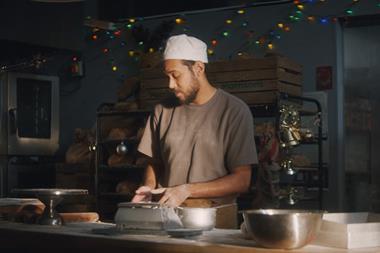As someone old enough to have endured the last recession, I recall that consumption GDP and the retail sector recovered relatively quickly – it took a modest three years for consumption to reach its pre-recession peak after the 1990s slump.
This time around the macro landscape is very different – house price declines are sharper, unemployment is rising at a faster rate, retail sales growth has slowed more abruptly and sterling’s devaluation has been deeper.
Despite these differences, lessons from the last recession still ring true: specialist sectors are again being hit hardest. Last time, the decline in jewellery sales was almost 13 per cent and the sector laboured to a recovery after 10 years; big-ticket spending is suffering in line with the house price index – in the last recession furniture and furnishings sales fell almost 7 per cent and the sector was in convalescence for four years.
In contrast, food, drink, health and beauty will remain relatively unscathed this time; the food decline in the early 1990s was just 0.3 per cent.
With my glass half full mentality, I encourage retailers to recognise that the early years of recovery typically offer the greatest opportunities to create value.
In the 1990s, DIY’s decline was 10 per cent but it sparked unparalleled innovation – DIY became a buzzword supported by incessant media activity, high street home improvement retailers gave way to B&Q’s out-of-town category killer (Warehouse) and a decade of healthy double-digit like-for-likes followed.
But we have to be prudent about drawing too many parallels with the last recession when gauging the likely pace of sector recovery.
For instance, since the last downturn private equity has established itself as a dominant force in UK retail. Typically the result of highly leveraged transactions (with steep financing costs) means some private equity-backed businesses could find it difficult to invest for growth, dampening the pace of the sector upturn.
Recession and recovery inevitably sharpen the focus on fundamentals. Effectively controlling three key levers (sales, cash and costs) will go a long way in determining the winners. Maximising the sales line through product development, exploiting customer insights and capitalising on tactical initiatives are paramount.
The phrase “cash is king” is more appropriate than ever – at the very least, retailers should be gaining visibility via a three-month daily cash balance forecast, and of course reducing inventories and revisiting supplier payment terms. Rigorous cost control goes without saying.
Just as important is to have a growth strategy in place to seize the opportunity once liquidity returns to the credit markets. International, multichannel, format/range extension and M&A will all come to the fore in recovery.
Indeed, possibilities for growth could be just around the corner. Once the terms of the Government’s guarantee scheme become clearer, a number of the banks’ work-out groups that are “holding” underperforming assets will require some attention. Some will be refinanced, others restructured or wound down. Others, though, will be sold, representing a rich vein of opportunity for suitors waiting in the wings.
- Gavin George is head of retail, Ernst & Young


























No comments yet